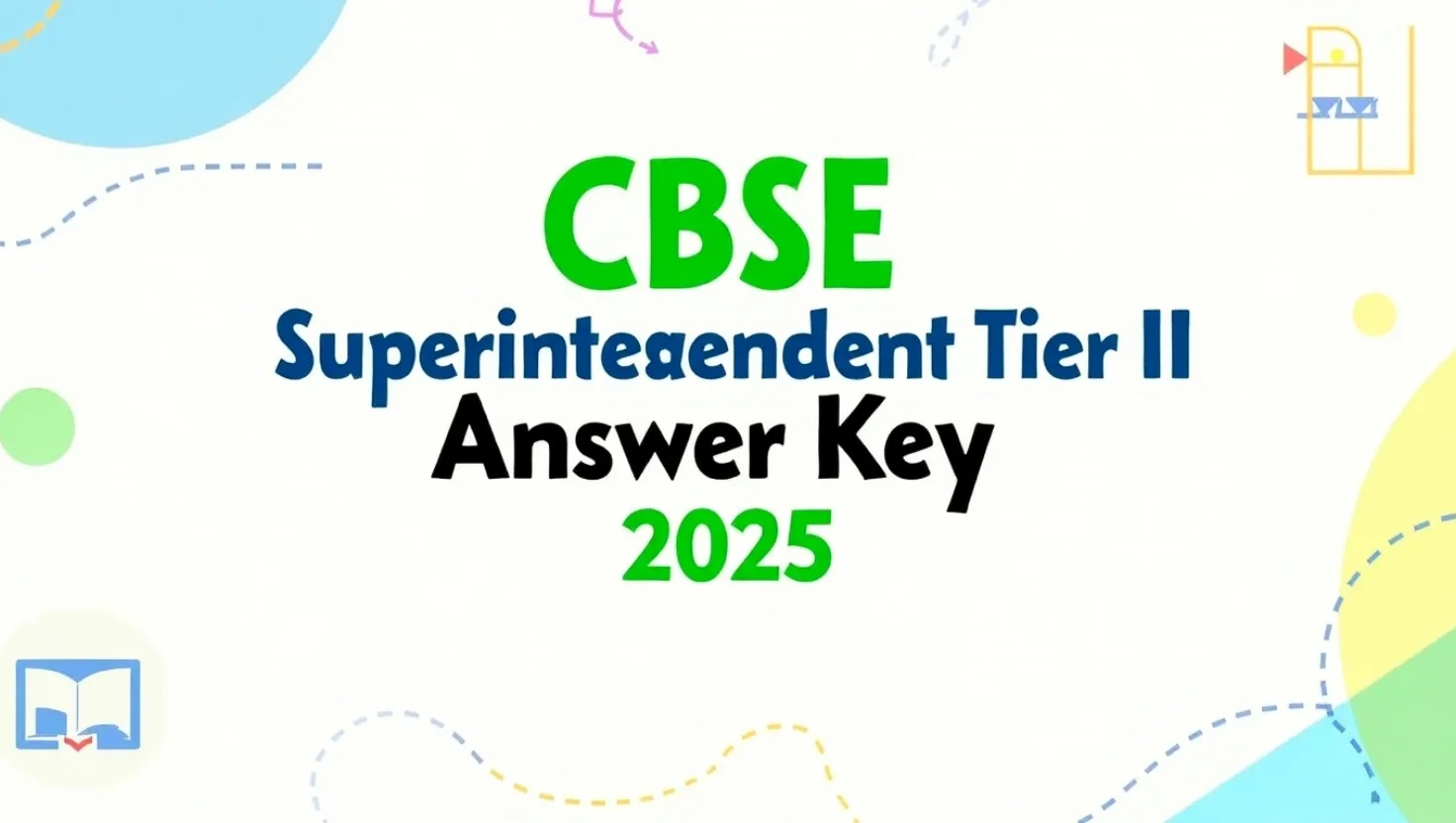The JEE Main 2017 online examination was conducted on 8th April as one of the official Computer-Based Test (CBT) dates. This paper had the usual three-section format—Physics, Chemistry and Mathematics—each with 30 questions carrying four marks. The total marks were 360, and negative marking was applicable. The questions were MCQ-based, and the level of the paper was considered moderate. Physics had a good mix of theory and numericals, Chemistry was NCERT-focused, and Maths was the lengthiest section.
I’m writing about this specific paper because many students prefer the online version of JEE Main due to the flexibility of on-screen tools and the option to change answers easily. However, mock practice using actual online papers like this one is often ignored. By analysing the 8th April 2017 paper, aspirants can understand how CBT papers are structured differently compared to offline sets. It also gives a clear idea about the user interface, navigation, and how time pressure plays a role when you’re solving onscreen. Solving previous year CBT papers helps students build confidence and adjust to the environment they will actually face on exam day. That’s why this paper is valuable for anyone targeting JEE Main in the upcoming years.
Paper Pattern and Subject-wise Analysis
The pattern of the JEE Main 2017 Paper I (8th April – Online Mode) was:
- Exam Mode: Computer-Based Test (CBT)
- Total Questions: 90
- Subjects: Physics, Chemistry, Maths (30 questions each)
- Total Marks: 360
- Marking Scheme: +4 for correct answer, -1 for wrong answer
Physics
Physics was a blend of Class 11 and 12 topics. Most questions were conceptual, not purely formula-based. Chapters like:
- Laws of Motion
- Current Electricity
- Ray Optics
- Modern Physics
appeared multiple times. Time management was important since a few numericals were lengthy.
Chemistry
As usual, Chemistry was the most scoring section. It was mostly NCERT-based. Key topics were:
- Chemical Bonding
- Organic Chemistry – Reactions and Mechanisms
- Periodic Table and Trends
- Thermodynamics
It included straightforward fact-based questions and a few tricky concepts from organic reaction mechanisms.
Mathematics
Maths was challenging and time-consuming. A few questions had tricky calculations but no ambiguity. Topics included:
- Calculus (Integration, Differential Equations)
- Algebra (Matrices, Determinants)
- Coordinate Geometry
- Vector and 3D Geometry
Those who had practised previous years’ papers found it manageable.
Why You Should Solve This Paper
Practising this JEE Main 2017 online paper will help you in many ways:
- You’ll get used to the CBT environment
- Helps identify your strong and weak topics
- Boosts your speed and accuracy
- Acts as a mock test
- Gives insight into question trends from previous years
Many students only focus on theory and formulas. But without testing your knowledge through real papers like this, your preparation stays incomplete. Use this paper to simulate real exam conditions. Try to complete it within the official time limit—3 hours—and analyse your mistakes later.
Download PDF
Click here to download JEE Main 2017 Paper I (8th April – Online) PDF
(Add a functional link here once you upload the paper)
Final Thoughts
The 8th April 2017 online JEE paper is not just another question set. It gives you a realistic idea of the pressure, timing, and difficulty level of the exam. Even if you’re preparing with coaching materials, this official paper can give you a reality check. Use it wisely, treat it as a full mock test, and improve your weak areas. Keep solving and revising regularly. Every past paper solved correctly means one step closer to your dream college.
Ask ChatGPT



















